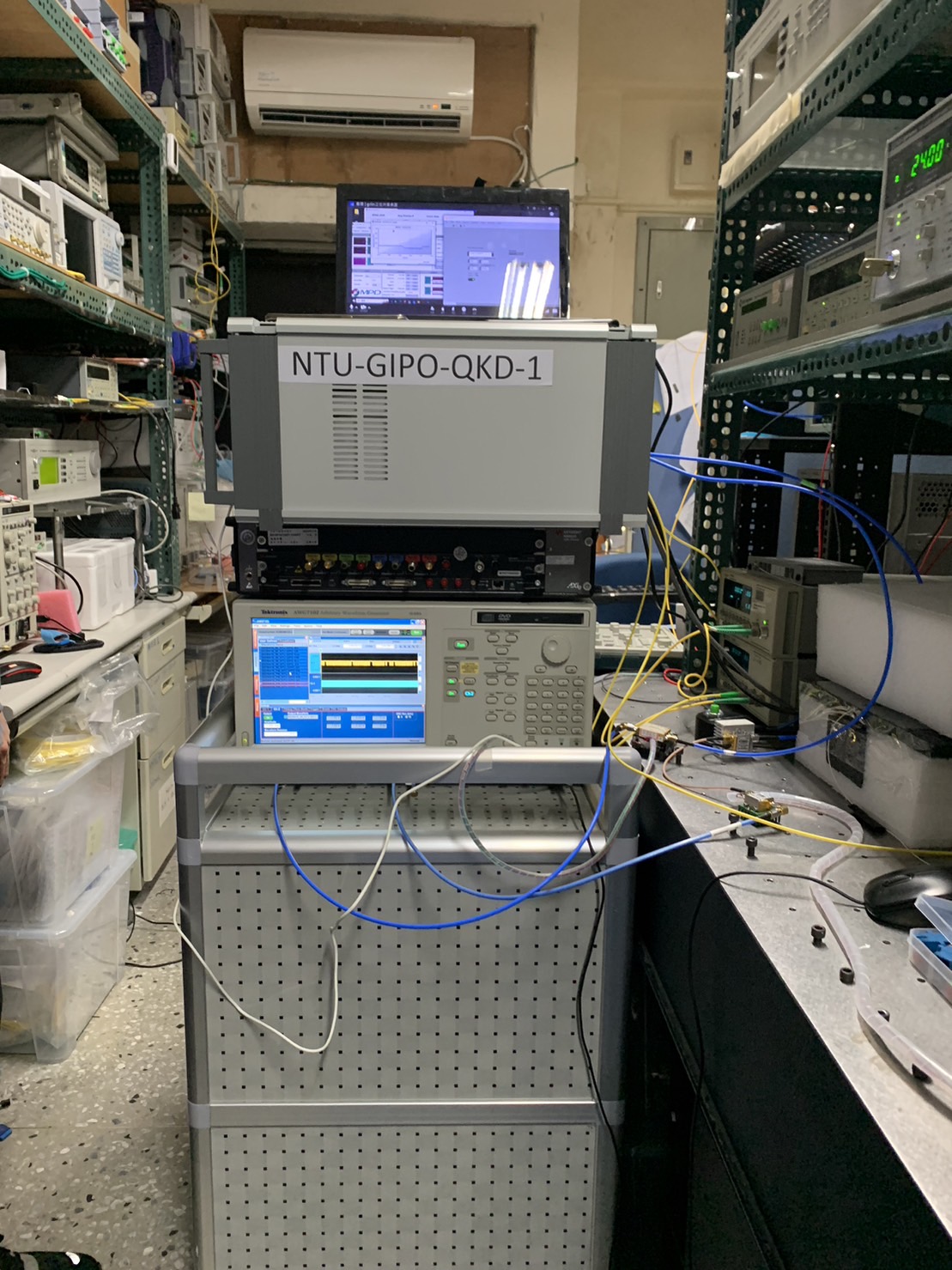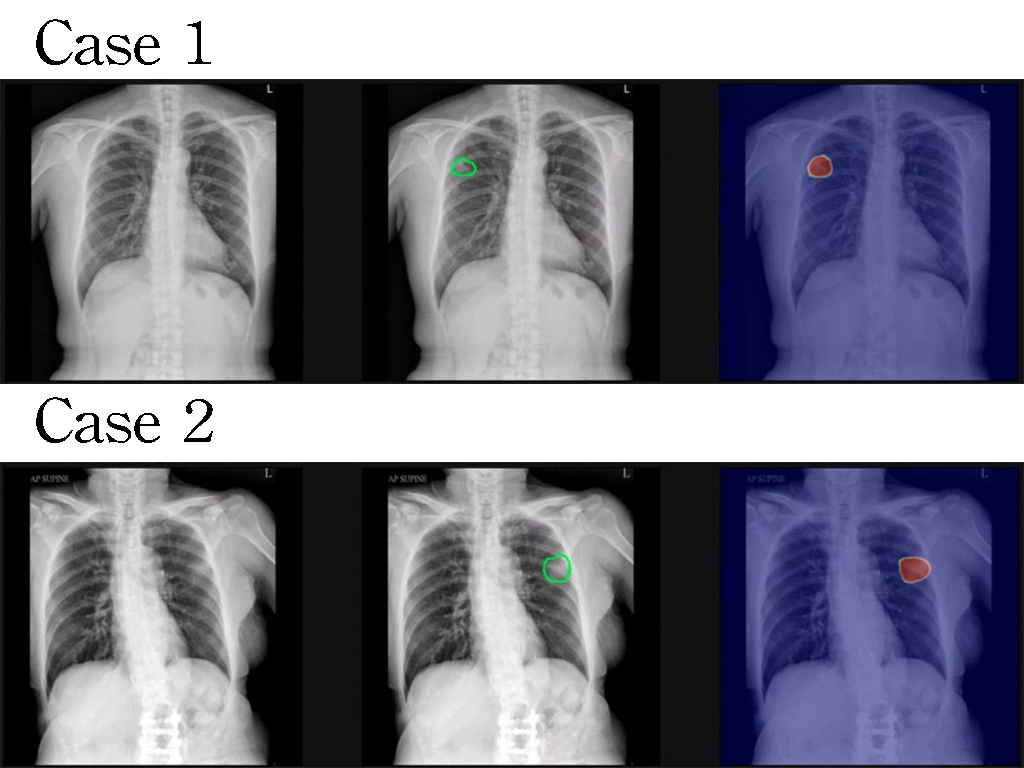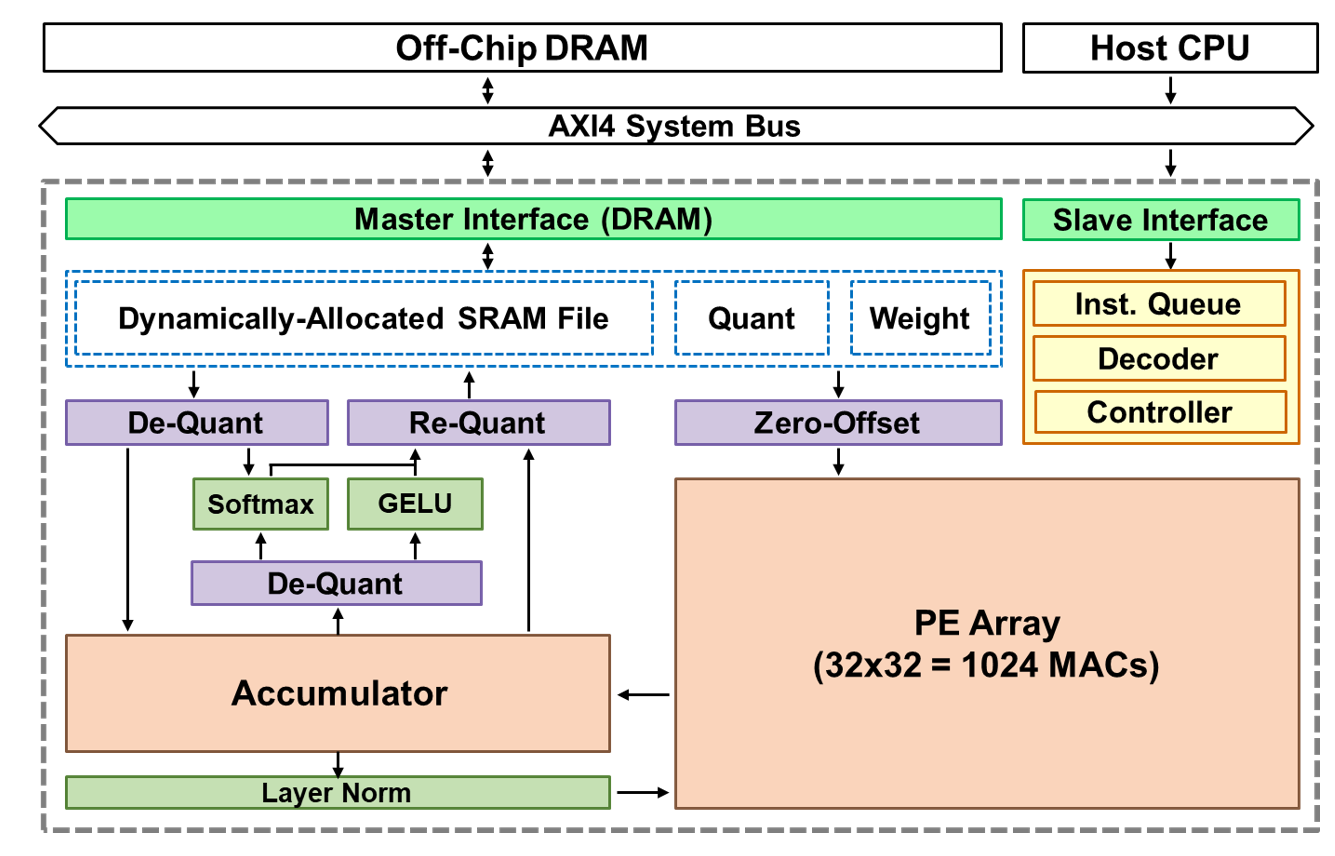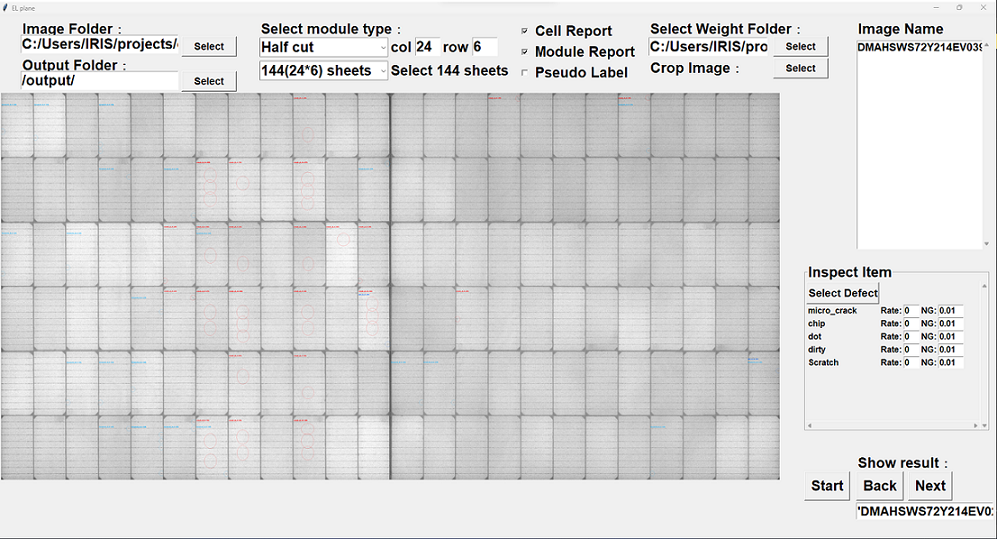| Technical Name | The Application of Integrated Ground-based and Airborne LiDAR in Slope Disaster Investigation | ||
|---|---|---|---|
| Project Operator | National Science and Technology Center for Disaster Reduction | ||
| Project Host | 張志新 | ||
| Summary | Using LiDAR technology, high-density point clouds are generated to produce high-precision 3D images. This technology is particularly valuable in slope disaster investigations, where it can quickly capture detailed features of steep and unstable terrain. By integrating drone-LiDAR with handheld ground-based LiDAR, the system make it an essential tool for slope disaster investigations, enabling the collection of large-scale, high-density point cloud data for detailed terrain analysis. |
||
| Scientific Breakthrough | By integrating point clouds obtained from ground-based LiDAR and drone optical photogrammetry at different spatial and temporal scales, along with ground control points and real-time positioning systems, these spatial point clouds can be combined to create digital terrain models. This enables the extraction of terrain features, quantification of environmental information, and analysis of landslide disaster types and scales. |
||
| Industrial Applicability | This technology, developed from disaster event investigations, allows for the creation of digital terrain models, particularly evolving into the construction of digital twin models. Its applications are wide-ranging across industries, serving as virtual reality models, risk assessment simulations, and models for various scenario-based exercises. |
||
| Keyword | LiDAR Drone Digital Terrain Handheld LiDAR Real-Time Positioning System (RTK) Digital Twin 3D Modeling Landslide Disaster Investigation | ||
- Contact
- Jui-Yi Ho
- juiyiho@ncdr.nat.gov.tw
other people also saw















